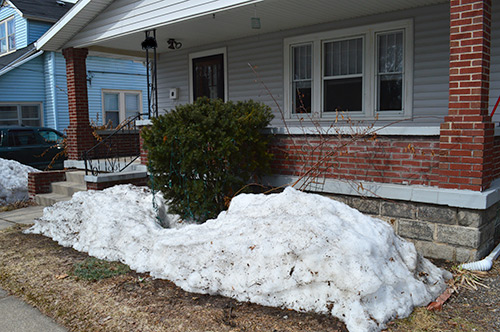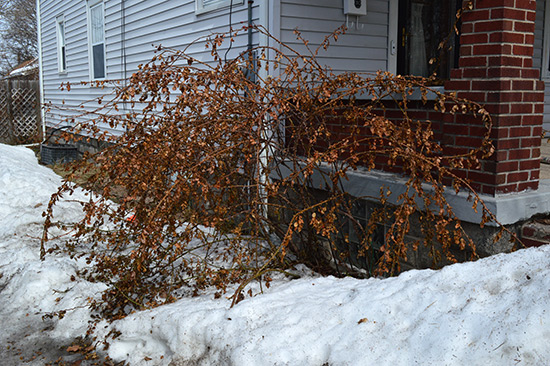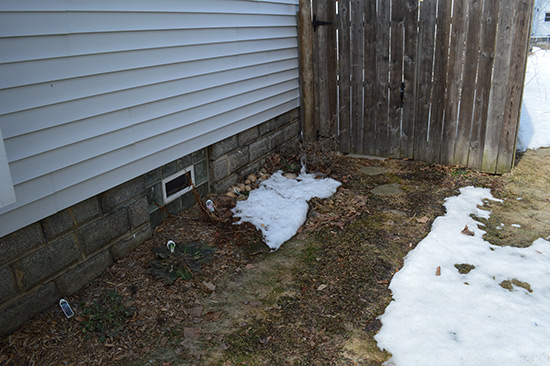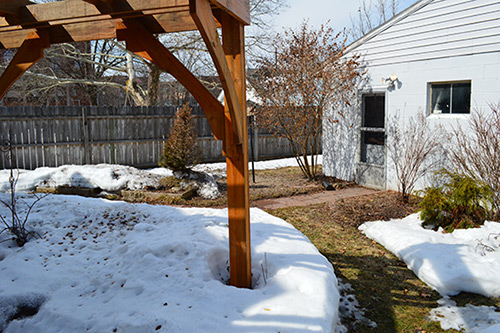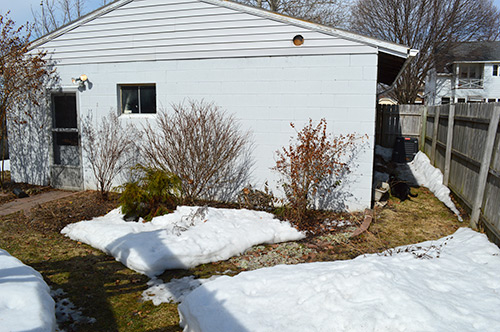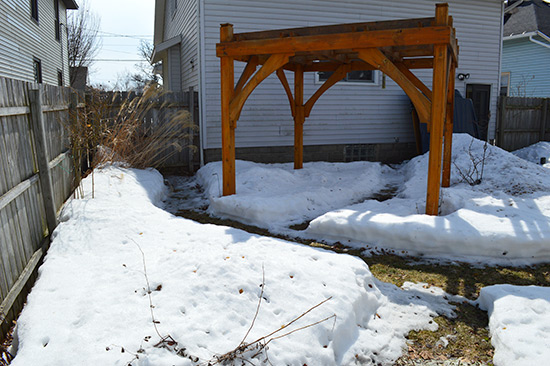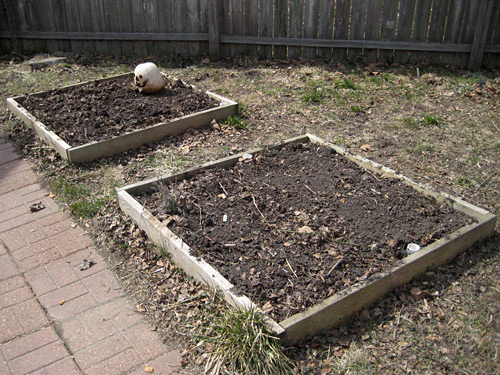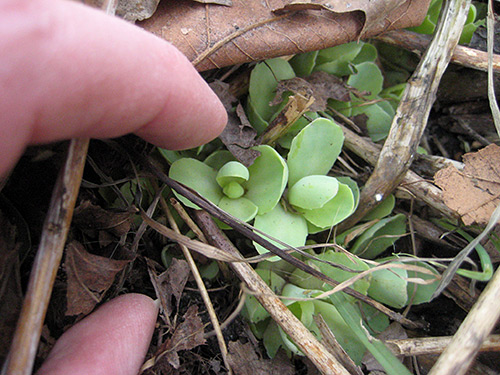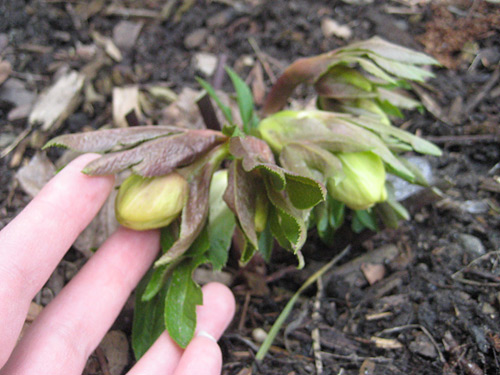Since having received my Master Gardener Volunteer Certification, I’ve noticed I receive a handful of frequently asked questions. One of the more popular is “When is the best time to prune (name of flowering shrub)?” In our Zone 6a, pruning can be carried out in late winter, early spring, spring, or late summer. Which of those times a gardener picks to administer the horticultural haircut depends upon when the shrub blooms.
When to Prune Spring-Blooming Shrubs
If the shrub usually blooms in the spring, the best time to prune it would be immediately after the blooms fade. These shrubs form the next season’s flower buds during the previous summer. If you prune the shrub before it blooms in the spring, you will be trimming off all the flower buds. These shrubs include:
- Forsythia
- Lilac
- Spirea
- Weigela
- Viburnum
- Rhododendron
- Fothergilla
- Azalea
When to Prune Summer-Blooming Shrubs
Summer flowering shrubs are showing off blooms from buds grown that season. Prune these shrubs in late winter or early spring before they begin to push out new growth. The shrub will be able to devote all its energy to its upcoming flower display rather than wasting time on diseased or dead branches. The shrubs include:
- Butterfly Bush
- Potentilla
- Rose of Sharon
- Summersweet
- Crape Myrtle
- Saint Johnswort
- Rose
- Smoke Tree
When to Prune Hydrangea
There always has to be that one plant in the garden, right? Hydrangeas are a special case when it comes to pruning because it depends on what type of hydrangea you are growing. Most hydrangeas (oak leaf, mophead, lacecap) will bloom on old wood, having formed buds last season. This means pruning is best done after blooming in spring. However, reblooming varieties have buds on old and new growth, so the timing of pruning doesn’t matter as much. Still other hydrangeas form buds only on new growth. These would be trimmed in late winter or early spring the same as any other summer-blooming shrub.
Additional Resources
Shrub Pruning Calendar by the Virginia Cooperative Extension
